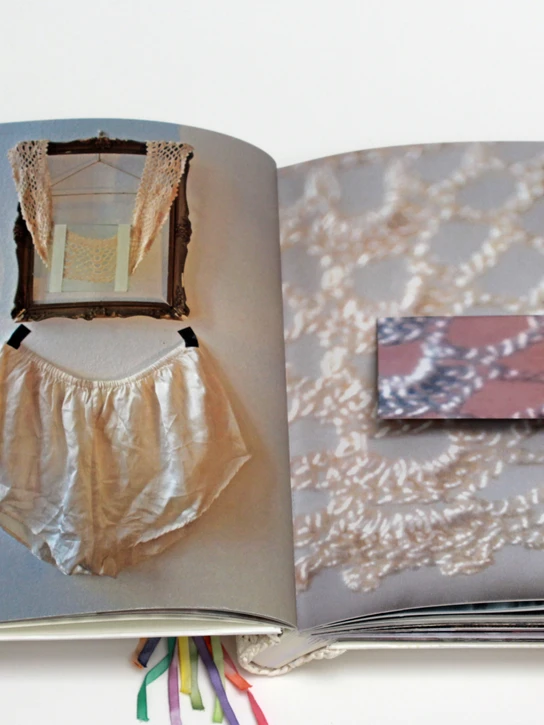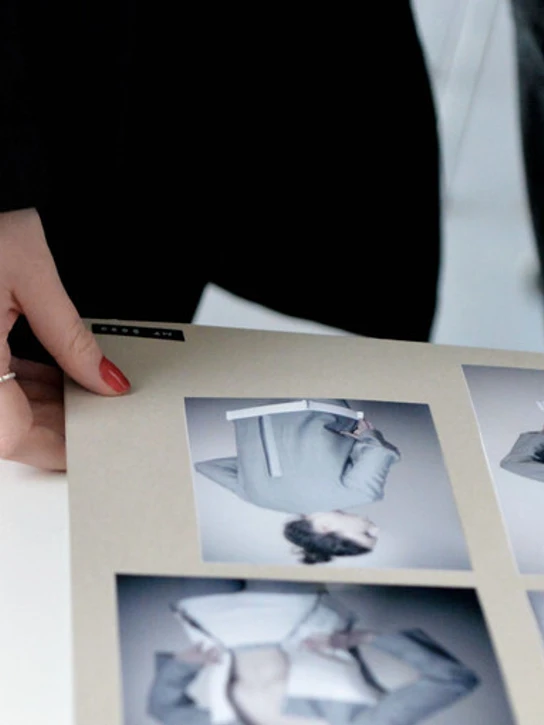Step 3. Portfolio and CV
Portfolio
The portfolio must be no larger than A3 format (42 cm x 29.7 cm). There are no requirements in term of number of pages. In general, we are more interested in quality than quantity.
Remember to write your name on your portfolio.

Submit your CV along with your portfolio
No later than 20 March 2025 you will receive an activation email from our digital submission platform WISEflow. Then you will receive a message from WISEflow with a link for submitting your portfolio and CV. Please note that there might be a time gap between the two emails. From the time you receive the activation email, it might take a day for the email with the link to arrive. Remember to save your activation email, and remember to check your spam filter.
You'll find a guide for how to upload in WISEflow in the download menu.
Deadline for uploading your portfolio and CV is 25 March 2025 at 12.00 noon. This is a requirement in order for you to become invited to the practical test.
Criteria
Criterion 1: to examine and record visually
Criterion 2: to work with purpose and relate your work to a specific context
Criterion 3: to develop ideas through sketches and experiments
Criterion 4: to work aesthetically with form, colour, materials and media
Criterion 5: to convey and communicate visually
Based on portfolio examples, the film below guides you through the criteria and how we asses your portfolio.

5 pieces of advice and 5 concrete tips
- Show your range and how you are able to work with different materials, themes and techniques.
- Process is more important than perfection. Include some of your unfinished work to give us an idea of how you research, experiment and develop ideas.
- Create a strong narrative with a powerful beginning and ending that one remembers.
- Be determined. If you have a particular piece that you don’t quite know how to explain, leave it out. Your ability to select from and edit your own work is important.
- Show us what you want us to see, not what you think we want to see. Your personality, your individuality and your passion are your most valuable strengths.
- Think in a layout context Fixed margin proportions, consistent typography, and a cohesive use of headings, captions, and page numbers provide calmness and structure – no matter how wild the things you present may be.
- Think in prioritizing the elements on each page You should serve the content to the reader and show where to begin and what is most important.
- Think in variation in the visual expressionZoom in on details, zoom out to wholes.
- Think in mockups and photography – not just in flat PDFs.
- Think in making the projects understandable Write brief explanations for your projects. Turn it into a story. For example: What was the goal, what did you find out, what was the result? Supplement with your own reflections on investigations, projects, learning.